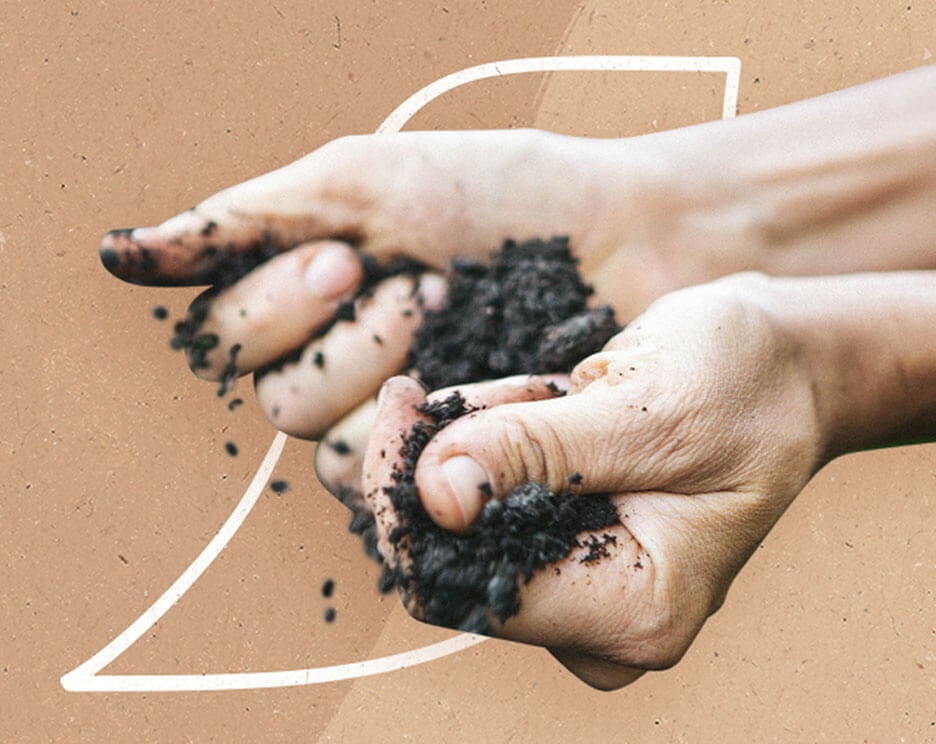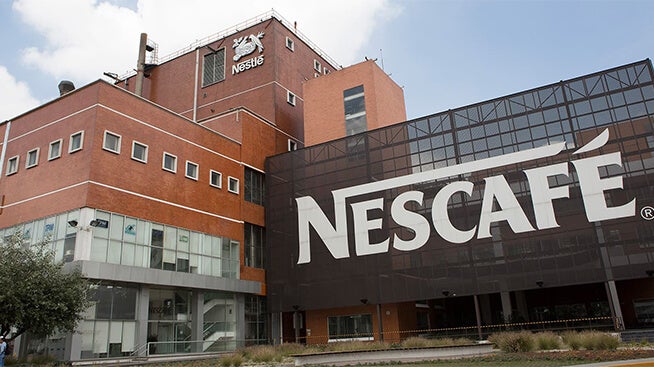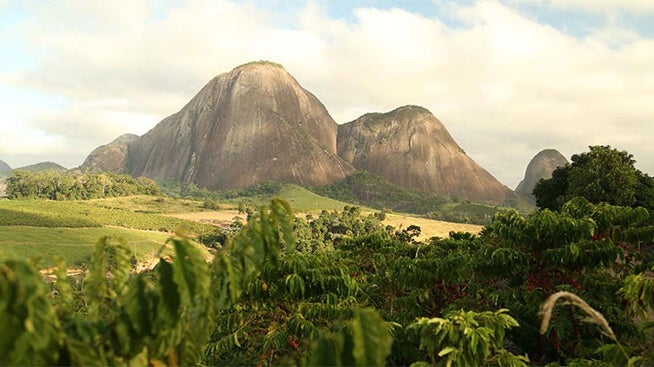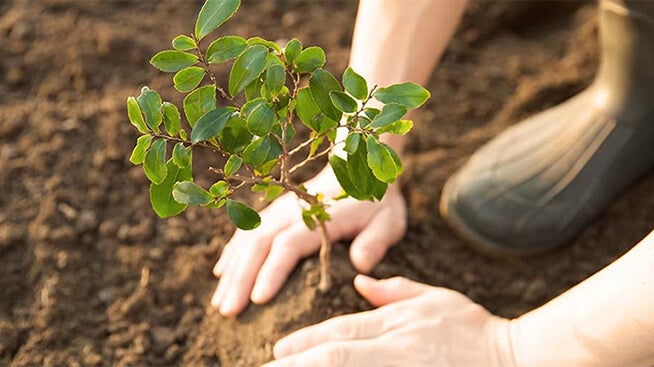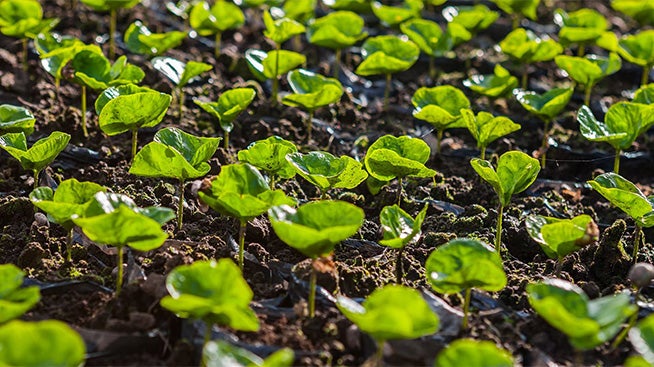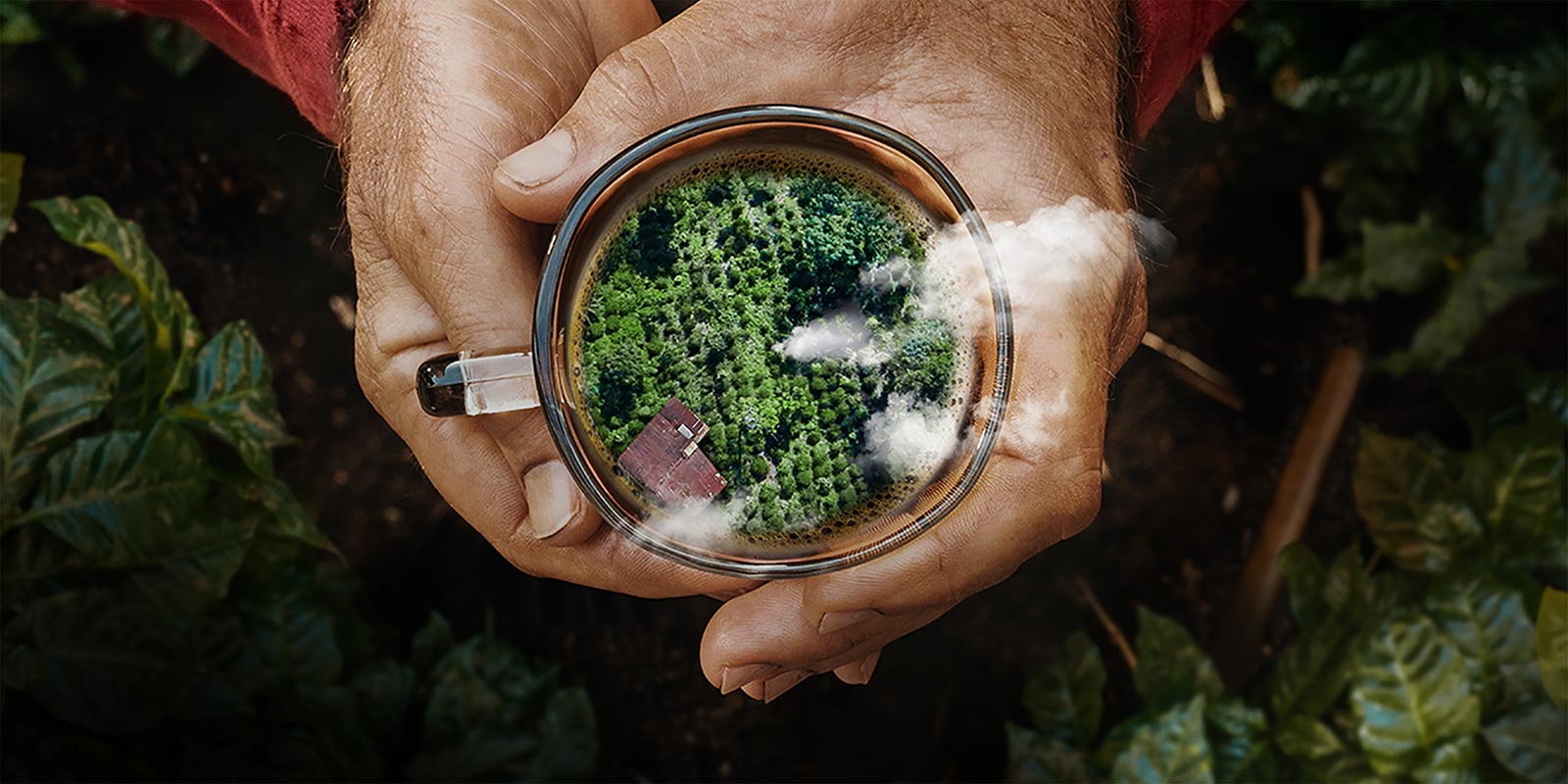Good soil does more than grow good coffee, it captures carbon, reduces erosion, and requires less synthetic fertilizer. As a large part of greenhouse gas emission on farms comes from fertilizers, NESCAFÉ is helping optimize fertilizer use by providing training to farmers. From Vietnam to Mexico, Brazil and Indonesia, NESCAFÉ's field programs have helped to improve farming methods, resulting in farms using the optimum combinations of synthetic and organic fertilizers, and reducing the use of agrichemicals. Simply put, healthy soil helps to grow a more sustainable coffee.



